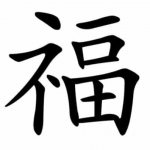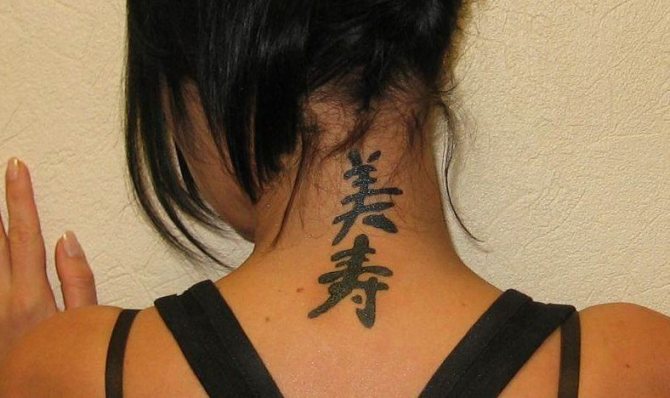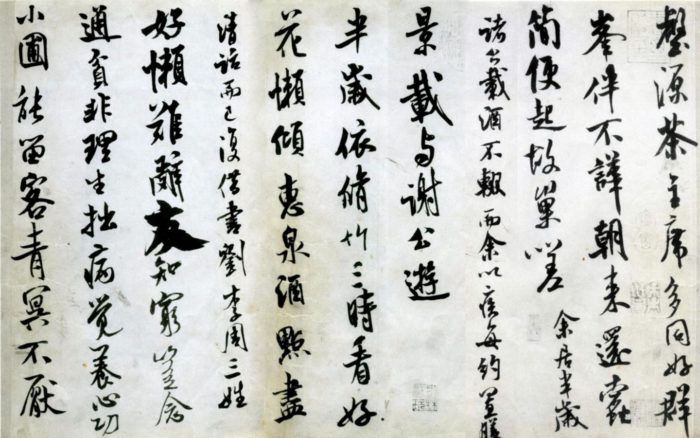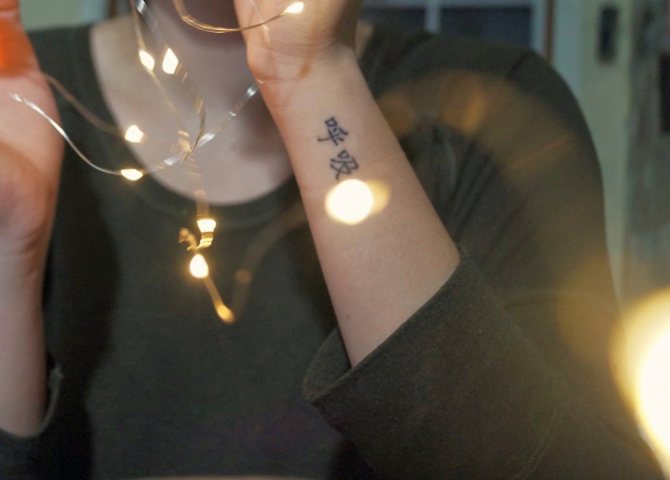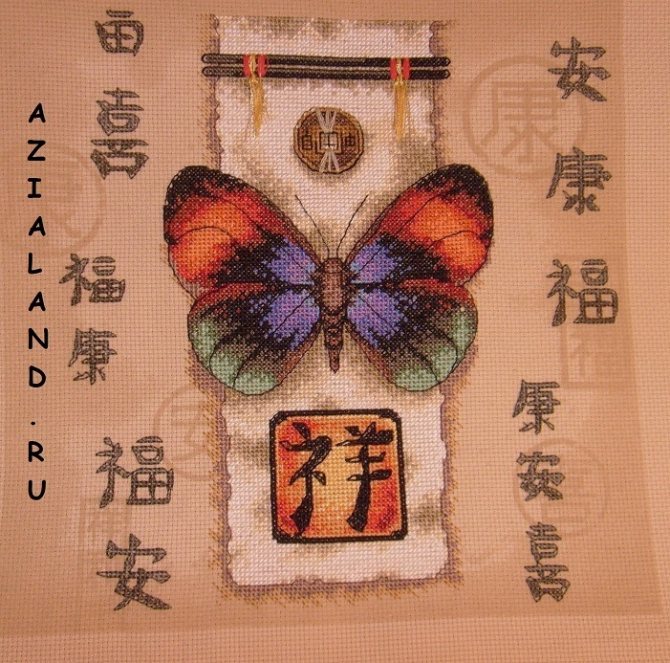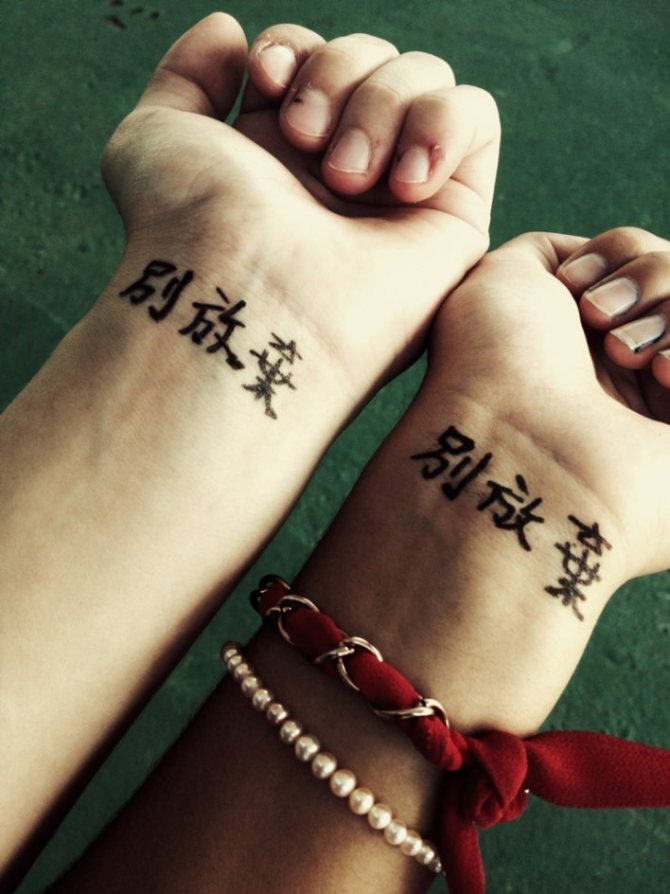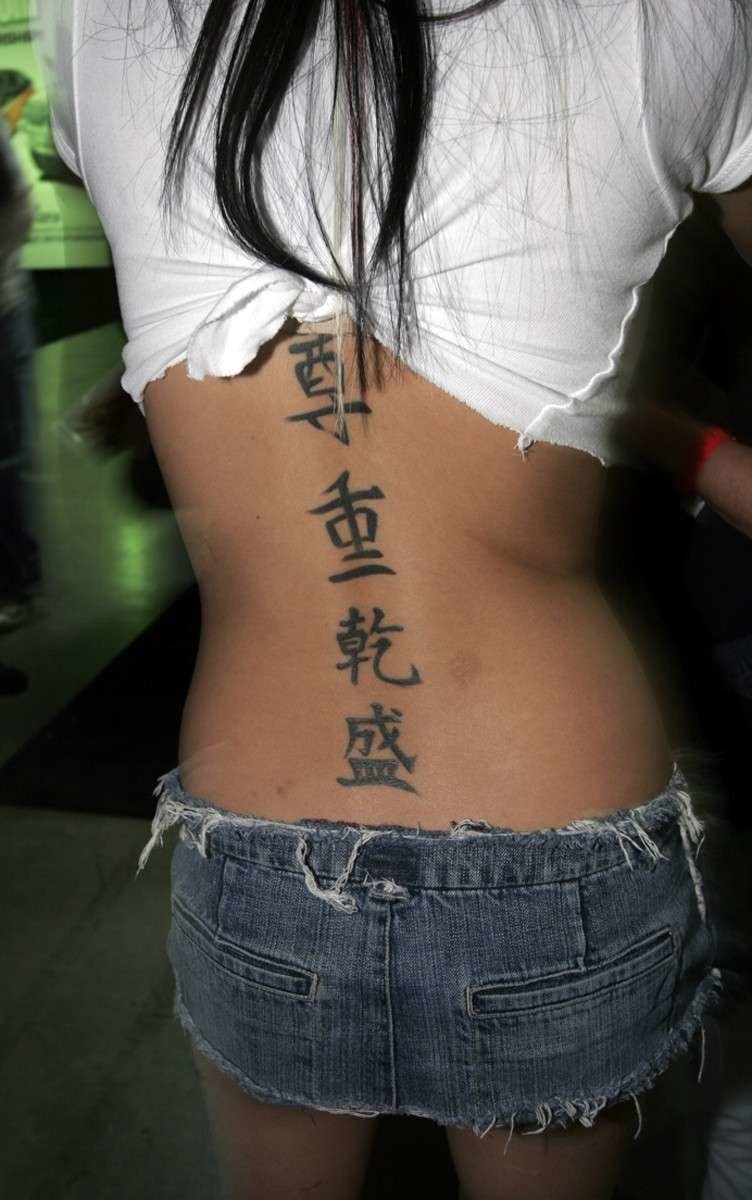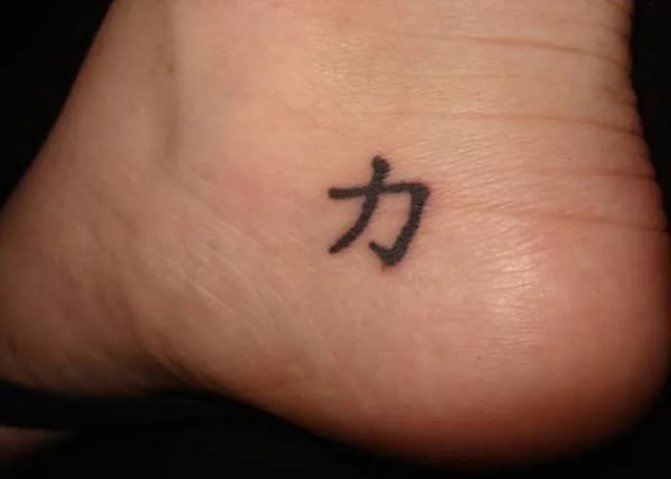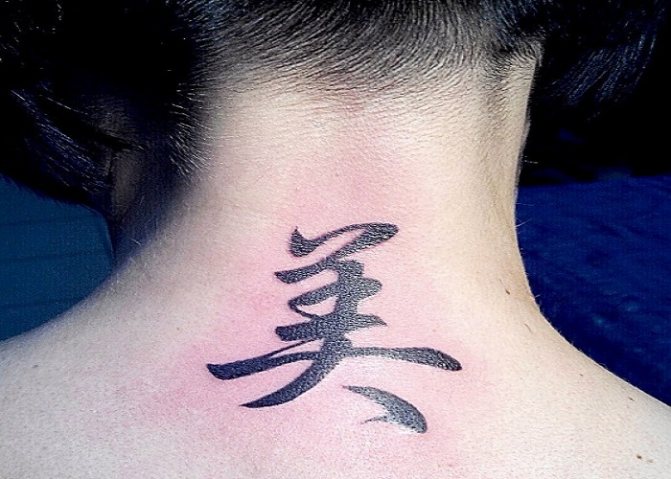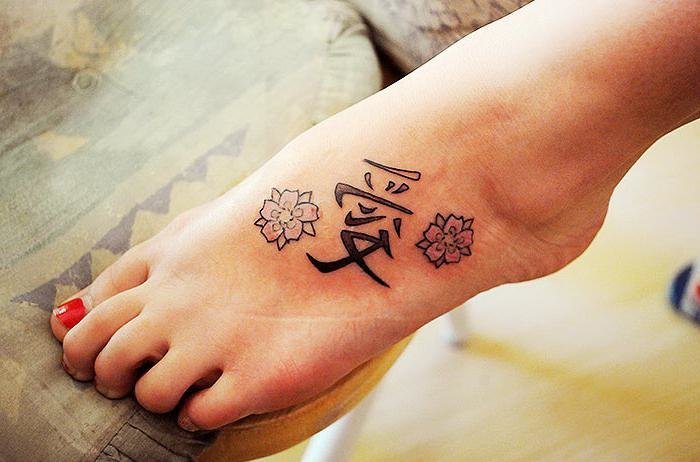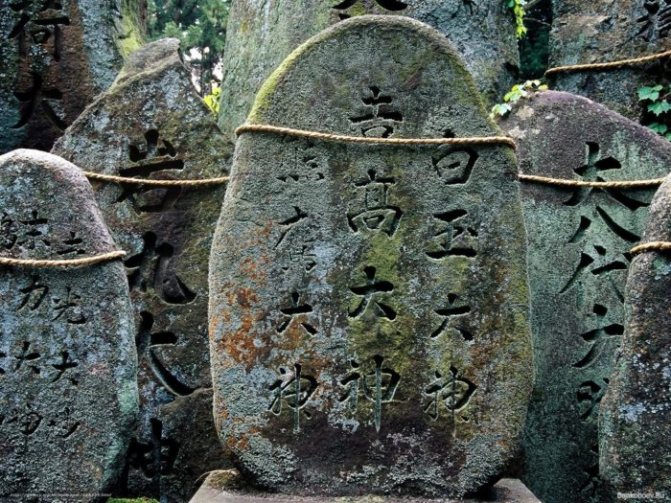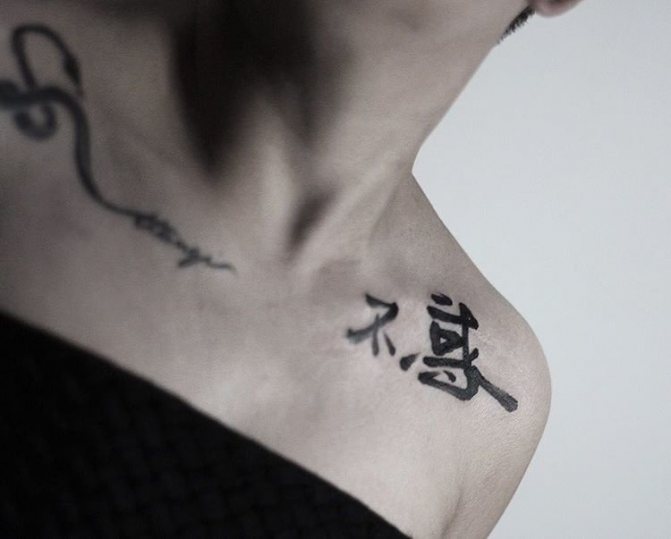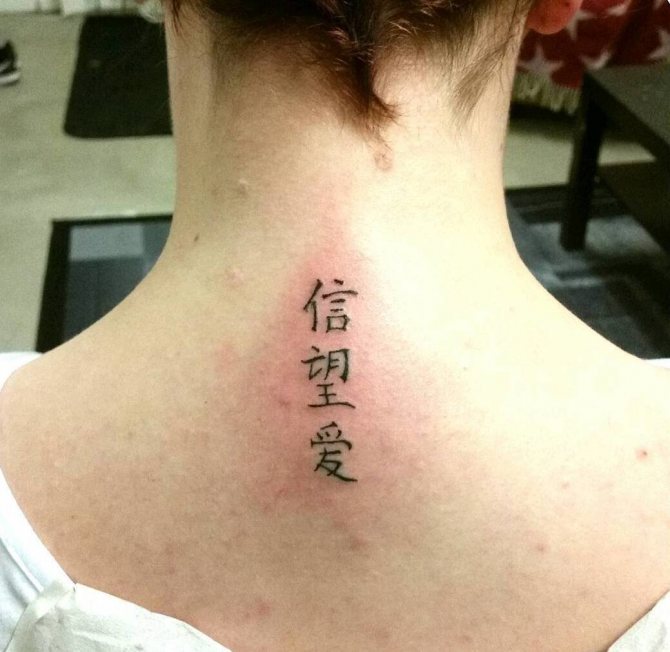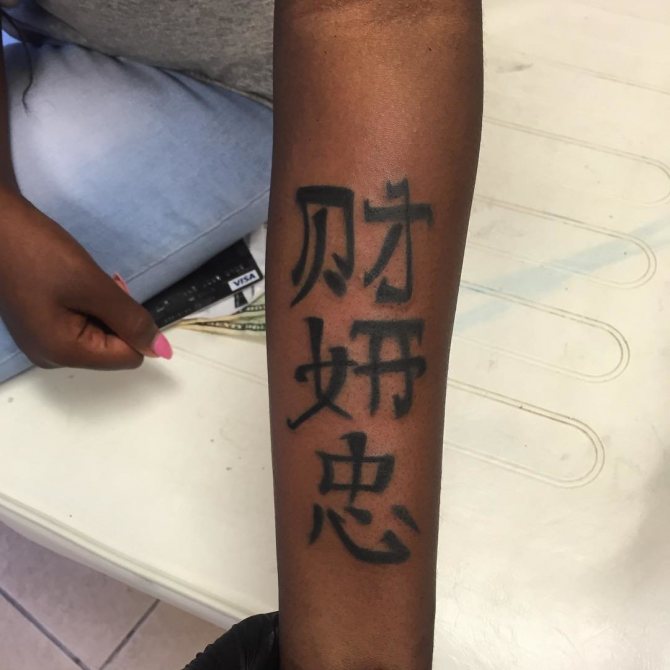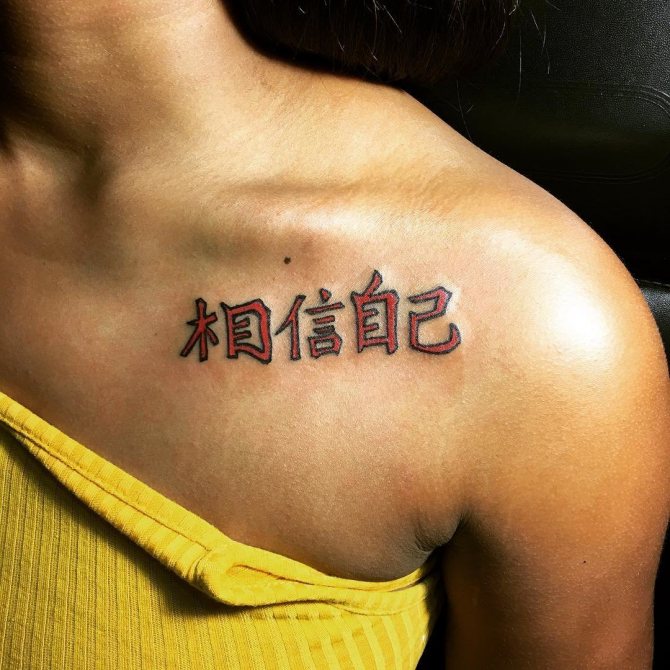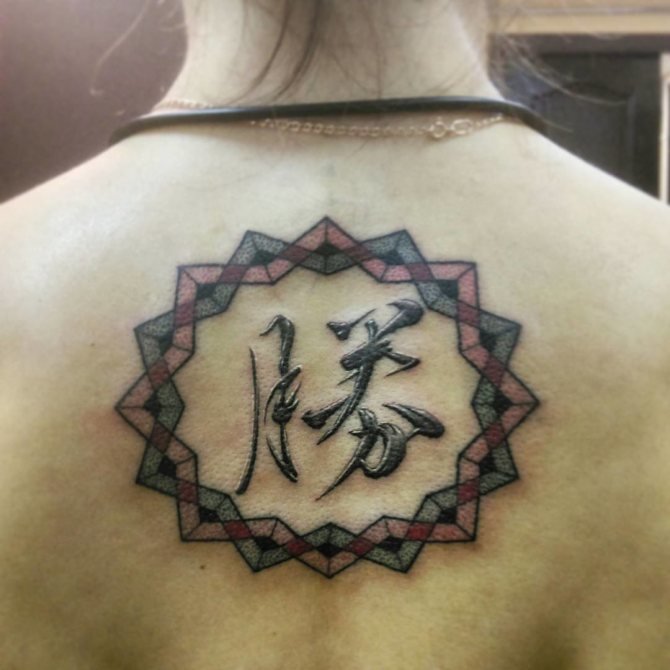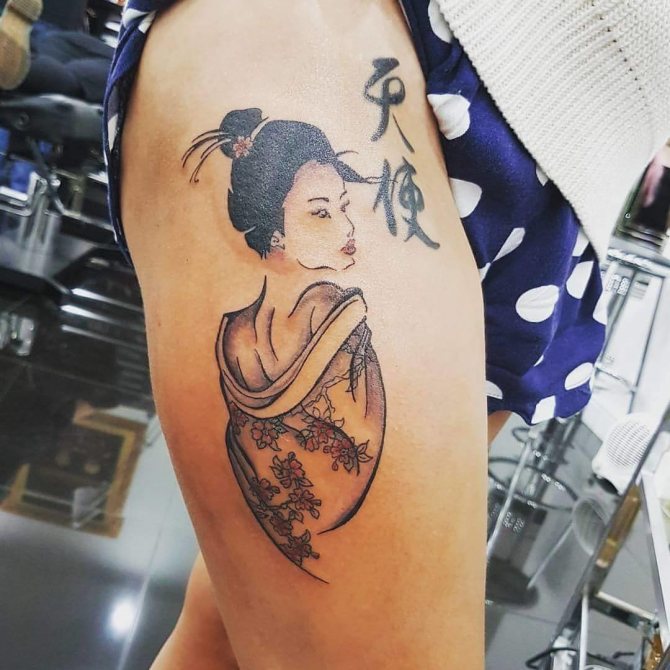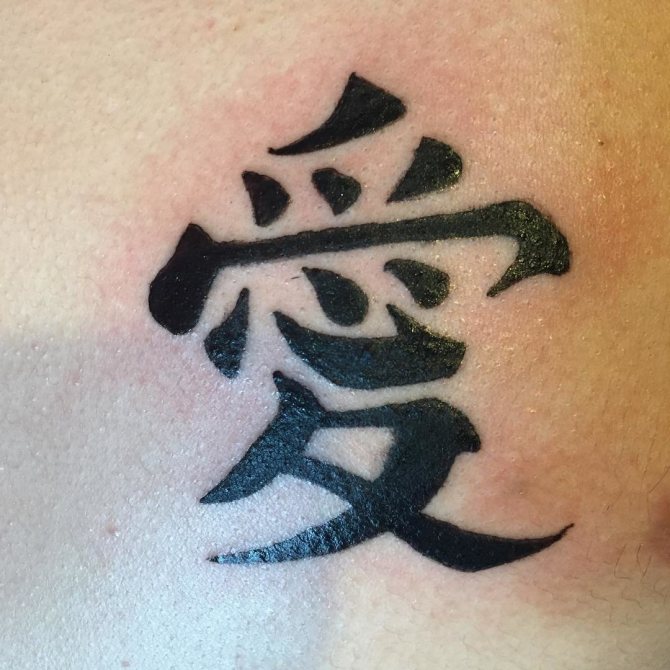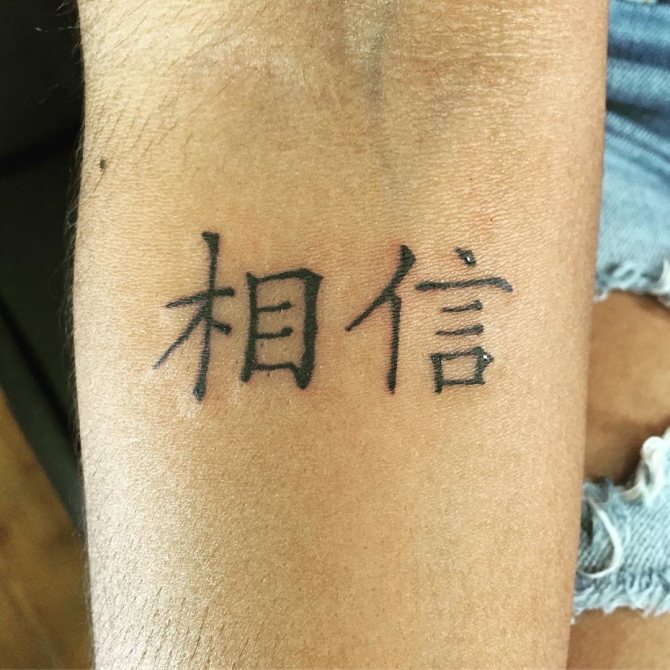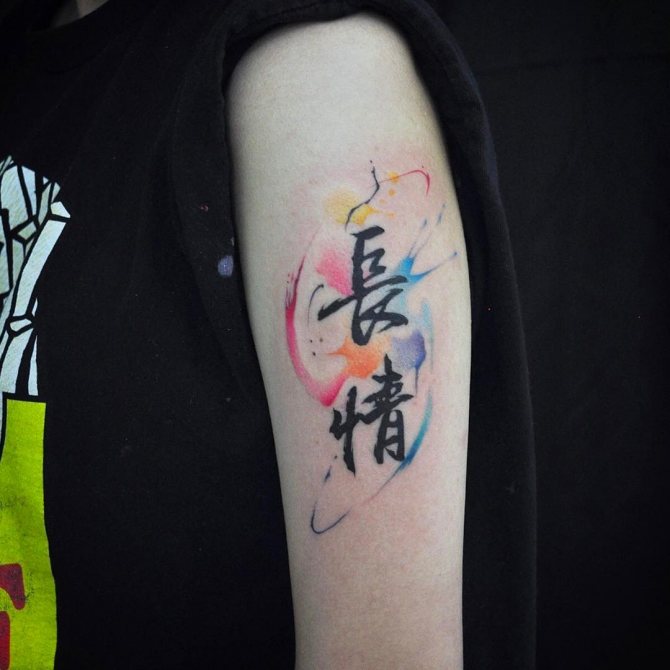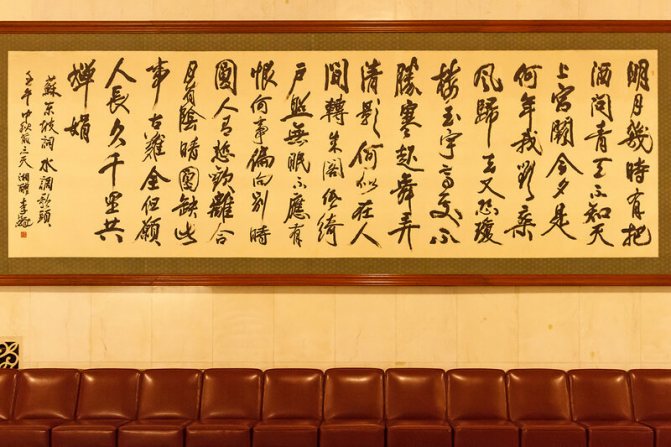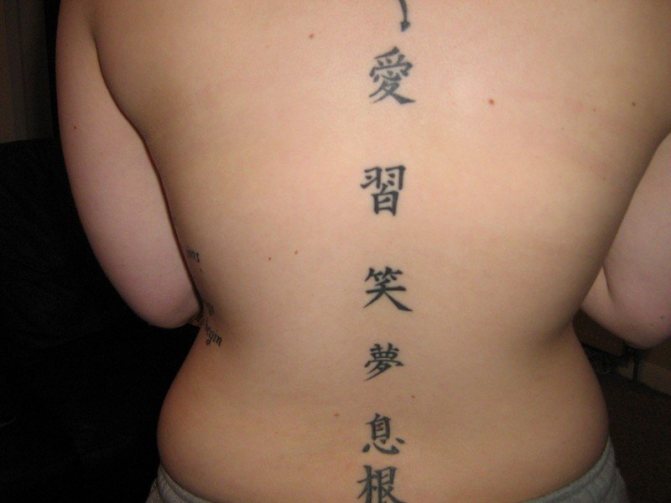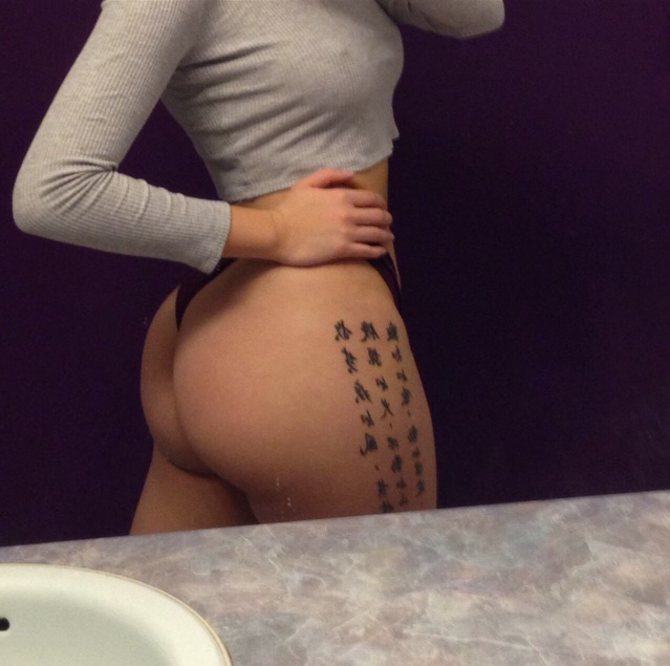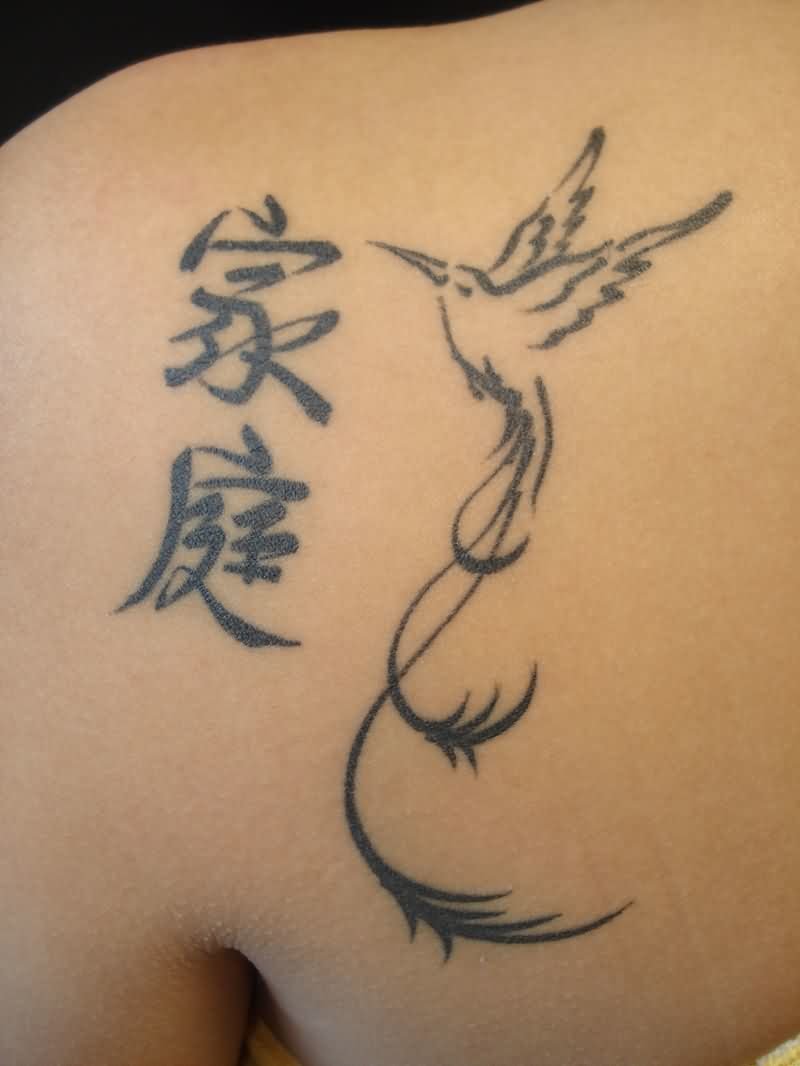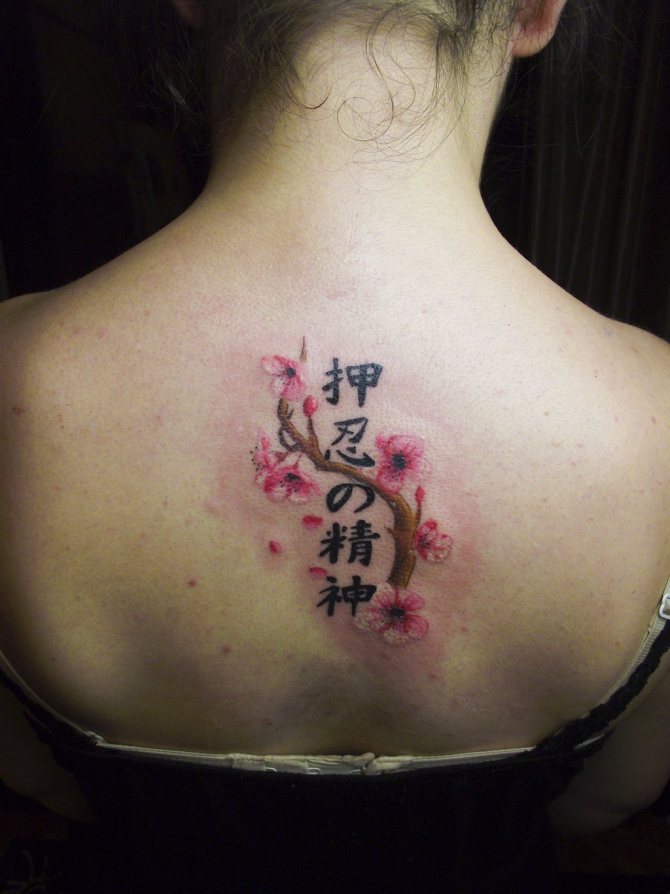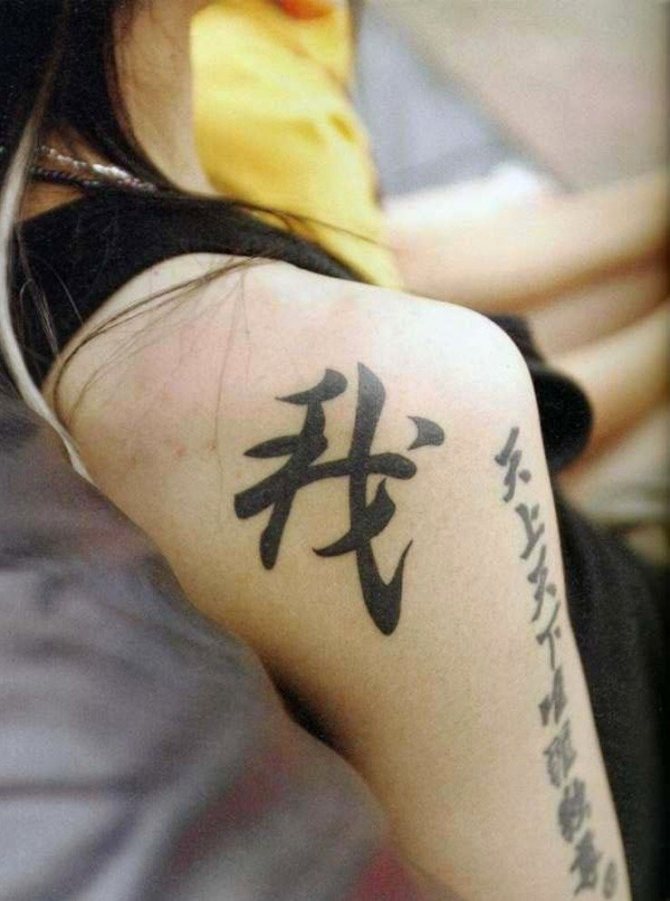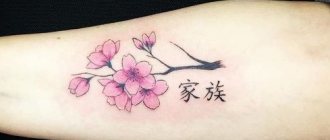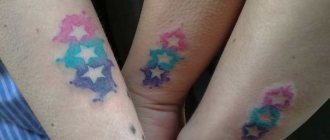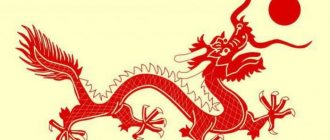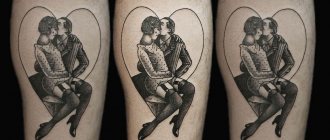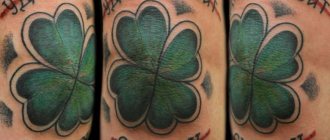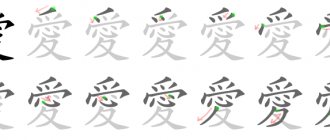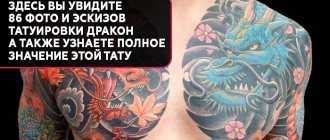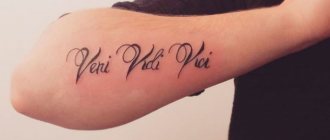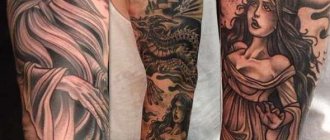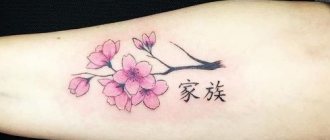Home / Around Calligraphy / Hieroglyphs / Oriental Calligraphy
In recent years more and more people have become interested in Eastern culture, in particular, Eastern writing systems. There are several types of hieroglyphs in the world: Egyptian, Chinese, Japanese, Arabic and Korean hieroglyphs. Hieroglyphs are a unique symbiosis of painting and writing, so it takes a long time to create a text with handwritten hieroglyphs.
In this connection it is necessary to recollect about ideography - a principle of writing in which the unit of graphic designation is a word (or morpheme). Ideography is historically the first stage in the development of writing. The most ancient ideographic scripts are ancient Egyptian, Sumerian and Chinese. Ancient Egyptian and Sumerian scripts are not currently used as a writing medium. On the other hand, Chinese writing is used as a modern writing medium. It is called hieroglyphic and a single sign is called a hieroglyph.
Hieroglyphs are used to represent units of content (morphemes or words) as opposed to alphabetic writing where each character is used to represent a sound or a syllable on paper.
Originally pictographic signs with simplified outlines of objects - pictograms - were used to represent concepts. A problem arose when it was necessary to write abstract notions: in such cases, the meaning of hieroglyphs was made up of subject notions (for example, the Chinese bao, "to guard", combines "man" and "child" in one symbol).
一 (yī)
Translation: one
Just a horizontal line. Easy to remember, isn't it? The interesting thing is that two in Chinese is two horizontal lines:
二 (èr) - two.
And three... guess what! Three lines!
三 (sān) - three.
It's more complicated than that, so let's stop at the first three digits for now.
Examples of usage:
我一个人来。(wǒ yī gè rén lái). - I came here alone.
我要一个。(wǒ yào yī gè) - I would like one/one (when buying or ordering something).
十 (shí)
Translation: ten.
Another numeral that's easy to remember.
十诫 (shí jiè) 一 ten commandments.
Examples of the formation of numbers with 十:
十一 (shí yī). - Eleven;
十二 (shí èr) - twelve, 二十 (èr shí). - Twenty (two tens);
十三 (shí sān) - thirteen, 三十 (sān shí) - thirty (three tens).
In other combinations, the word may be translated differently:
十分 (shí fēn) - very much;
十成 (shí chéng) - completely.
人 (rén).
Translation: human
It looks like a drawn man, doesn't it? More precisely, his feet, striding somewhere confidently. A stick, a stick...
The funny thing is that if you add another human being, the meaning changes to "every", "all":
人人人都爱喝可乐。 (rén rén dōu ài hē kě lè) - Everyone likes soda.
That said, the "man" in Chinese is 男人 (nánrén)and the woman is 女人 (nǚrén)..
Other examples of usage:
人丛 (rén cóng) - crowd of people;
人体 (rén tǐ) - human body;
他是一个备受欢迎的人。(Tā shì yīgè bèi shòu huānyíng de rén.) - He's a very popular guy (person).
女人一般比男人长寿。 (Nǚrén yībān bǐ nánrén chángshòu.) - Women usually live longer than men.
Hieroglyphs for tattoos
Tattoos in the form of Chinese inscriptions first gained popularity in the West. There it was considered that the Chinese signs are a special exotic art form. For their application black color is used more often. But no one saw that such texts for tattoos were chosen by the Chinese. Photos of tattoos with Chinese inscriptions more often can be found in European salons.
In China, pictures on the body with English inscriptions are gaining popularity. Phrases using Latin letters are often executed with gross mistakes, which looks ridiculous. It is not always clear what these texts mean.
Tattoo masters report that hieroglyphs are popular because of the original execution, fine lines. But before choosing a sign for a tattoo, it is recommended to thoroughly study the chosen hieroglyphic combinations, so as not to get a ridiculous inscription on the body for life. The source of translation should be reliable and verified. It is better to translate from a professional who knows the intricacies of the language. It is also worth checking whether the master has experience in stamping Chinese characters on the body. There should be real photos in the portfolio.

Often there are cases when clients express their wishes to score ancient Chinese characters, which mean a certain statement. And after a while people find out that they walk around with a beautiful tattoo that communicates to the people around just a set of incoherent words in the Chinese language. To avoid this, the choice of tattoo designs should be made responsibly and seriously.
上 (shàng)
TranslationUpwards, on top, upwards; on.
The symbol as if striving upward is a cue that makes it easier to remember.
水果在桌子上。
请上楼。
他上电台了。 - He's on the radio.
晚上 (wǎn shàng) - In the evening.
早上 (zǎo shàng) - In the morning.
上车 (shàng chē) - Getting into the car.
It is also often used when we talk about "visiting something" or "going somewhere:
上课 (shàng kè) - To go to class;
上班 (shàng bān). - to go to work.
Meanings of Chinese characters.
People in China are okay with having to know about two thousand characters. The writing is unified throughout the state and has no dependence on the dialect of any particular area. It is worth considering some Chinese characters their meaning and names.
Happiness
In China, everyone knows that happiness depends on the patronage of Heaven and the Gods. This is what the corresponding two symbols next to each other represent.
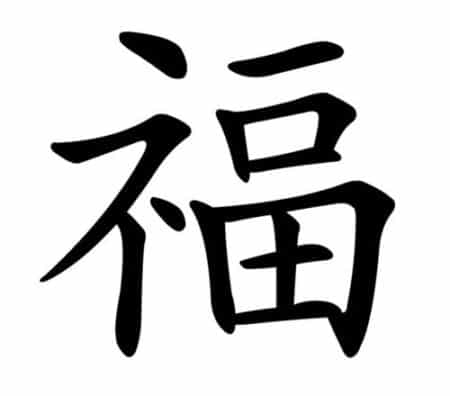

Great happiness
Great happiness is denoted by one character. If it is depicted on the walls or in a frame, it attracts happiness in the home.
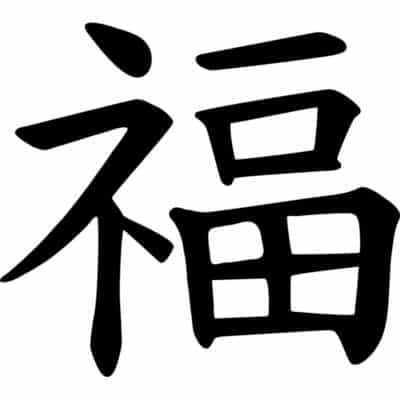

Love
The character "love" has often been depicted by masters of calligraphy. Many believed it was a must-have in the home. The sign attracts a life partner and provides peace of mind in the home.
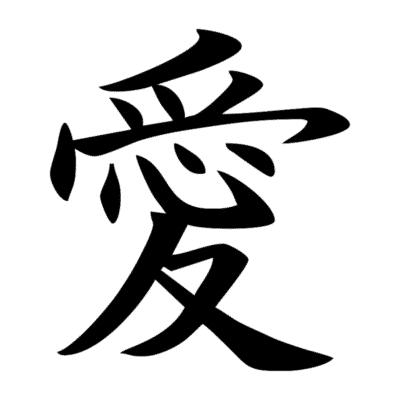

Eternal love
The character represents the so-called love "to the grave", complete mutual understanding in the couple, support.
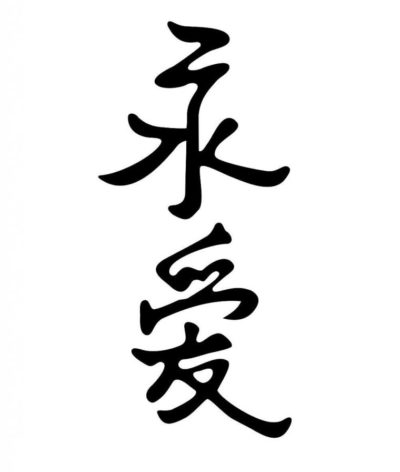

Luck
The symbol denoting good luck is often used to perform tattoos.
Wealth
Wealth can be both material and spiritual. In ancient China, the symbol was more often used to denote the second option. Now the sign more often describes the financial well-being.
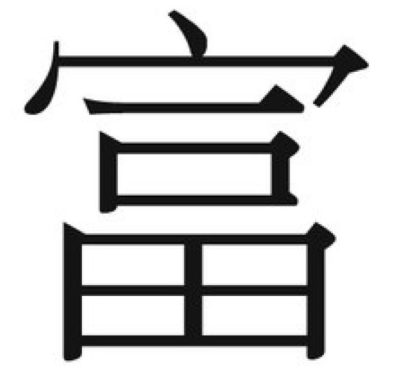

Money
The character looks like several small symbols. It attracts money and material prosperity. Externally, slightly similar to the previous symbol, but the value is very different.
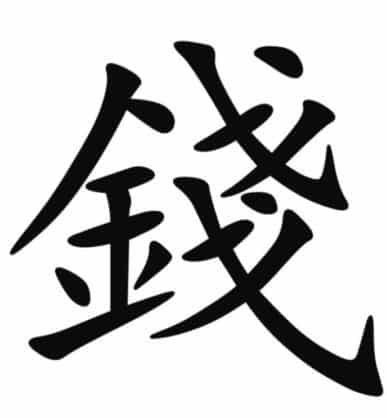

Prosperity .
The symbol is often used to create talismans and amulets.
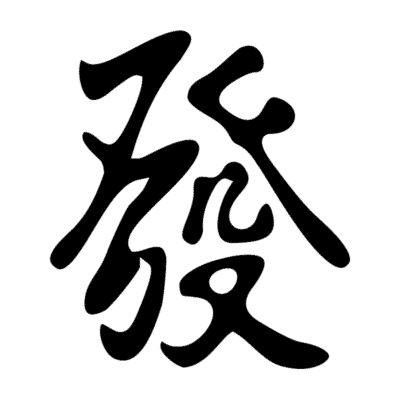

Abundance
Abundance can be both monetary and moral. The full meaning will largely depend on what characters will be placed next. This is a symbol of prosperity, which is similar to the symbol of the moon.
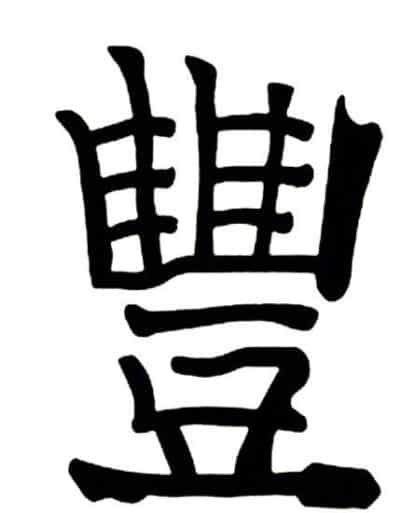

Power
Strength can also be seen in several meanings: moral, spiritual, physical. Often used to create tattoos. The owner of such a tattoo will find it easier to cope with various problems.
Joy
The character denotes the inner harmony of a person and his good mood.
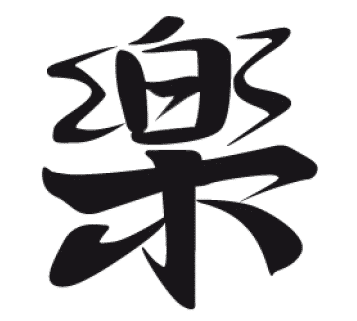

Health
The symbol indicates good health, physical strength.


Peace
Hieroglyph has a wide range of meanings. Specific meaning will depend on the context in which the symbol is used.
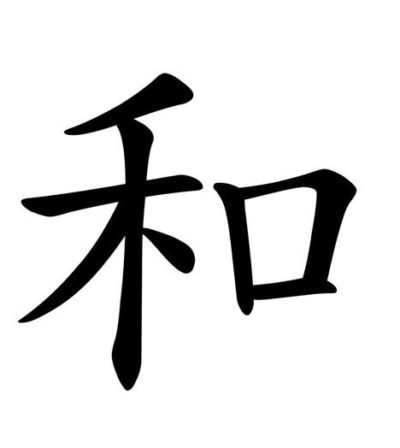

Beauty
Can denote both internal and external beauty. It is often used as the meaning of the word "spring." Spring is like the birth of beauty.
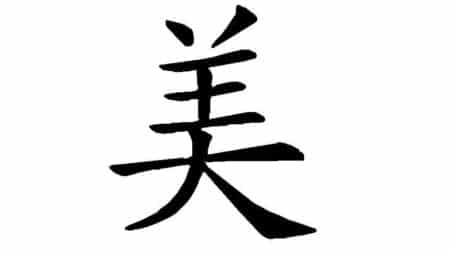

Independence
According to the Chinese philosophy Qi, this denotes freedom of action, leading a proper life without any dependence. Freedom can also be spiritual.

Courage
Characterizes a person's character as strong and strong-willed.
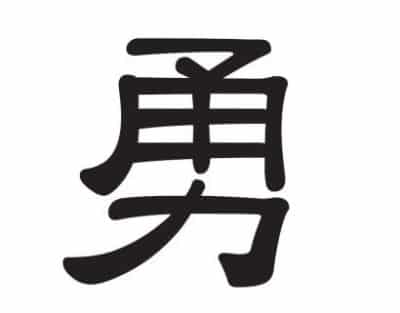

Dream
The Chinese text "dream" communicates the sublimity of an event, the importance of a certain object.
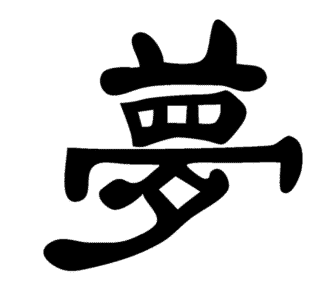

Fulfillment of desires.
Similar to the previous item of writing, but has a more powerful meaning. Speaks of the fulfillment of cherished desires.
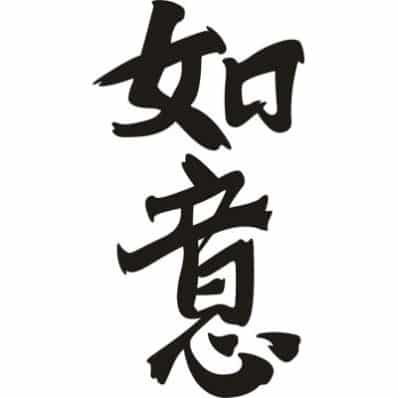

Serenity
Hieroglyph carries quite a lot of meanings. This may be calmness spiritual, physical. It may also denote union with nature.
Death
Can talk about leaving the life of a person, an animal. When death is mentioned, it can also refer to the death of trees or plants.
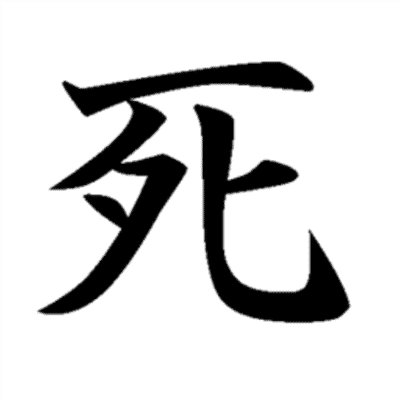

Fidelity
The translation of this symbol in other languages can also be seen as loyalty, fidelity.
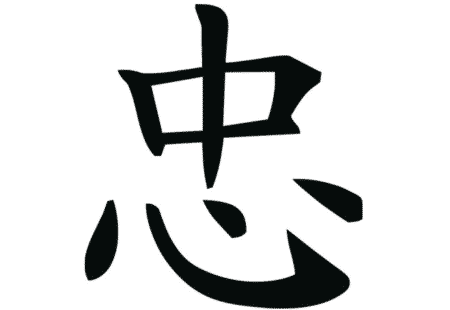

Я
A beautiful character symbolizes the unique personality of a person. This element is often used to create tattoos on the body. Such an image speaks of uniqueness, individuality.
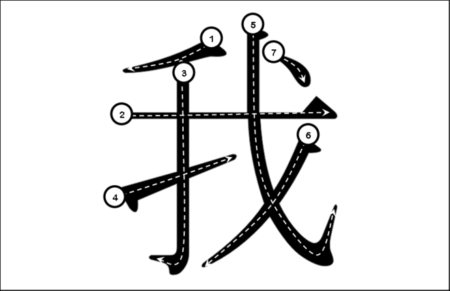

Fire
Externally, the writing element "fire" is very reminiscent of a bundle of firewood and small dots of sparks.
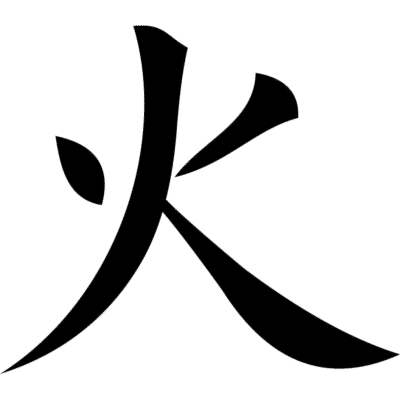

Snake
Symbolizes the snake. One of the few Chinese elements, with a narrow meaning.
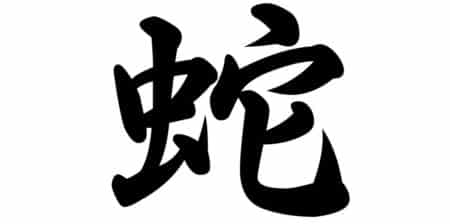

Sea
Translation into Russian can be multivalent. Sea is not only a designation of a geographical object, but also a limitless quantity of something.


Victory
Has a particularly strong meaning, used as a talisman or amulet.
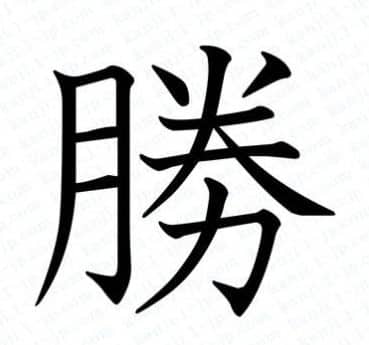

Home
Meaning is not only the place of residence. This is how the Chinese can talk about their country.
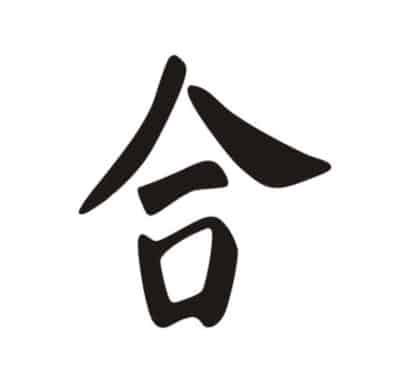

Success
The image is most often placed in Chinese homes. It is believed that it attracts success to all the inhabitants of the house.
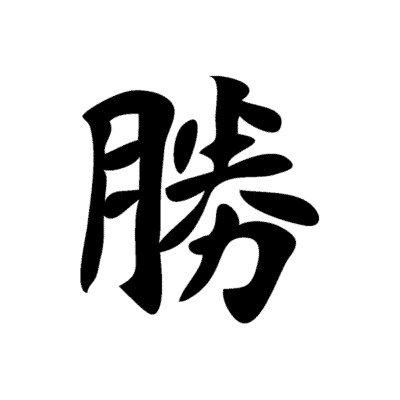

下 (xià).
Translation: downward, from below, underneath.
And this symbol, on the contrary, is as if pointing downwards. And it has just the opposite of the previous meaning.
小猫在桌子下面。
今天下雨了。
In addition, it is also used to mean "to leave", "to leave", "to go out", etc:
下班 (xià bān) - To leave one's job;
下课 (xià kè) - To leave a class;
下车 (xià chē). - getting out of the car.
Common Chinese symbols with Russian translation
There is a certain set of Chinese keys used most often. The table shows popular Chinese characters with translation into Russian.
| № | Character . | Translation |
| 1 | 的 | A possessive particle that can be put between the definition and the word defined. The character can have the following meanings in certain combinations: purpose, really, first. |
| 2 | 一 | One, the first. |
| 3 | 是 | A qualifier that carries the meaning: "To be or not to be?", "Yes or no?". |
| 4 | 不 | No. |
| 5 | 了 | Indicates the completion of an action. |
| 6 | 人 | Human. |
| 7 | 我 | We or I. |
| 8 | 在 | Being anywhere. |
| 9 | 有 | To have something, to possess something undividedly. |
| 10 | 他 | He. |
| 11 | 这 | This, this. |
| 12 | 中 | The middle one. |
| 13 | 大 | The big one. |
| 14 | 来 | Coming. |
| 15 | 上 | Above, on. |
| 16 | 国 | Country, State. |
| 17 | 个 | Used for counting. |
| 18 | 到 | To reach something. |
| 19 | 说 | To speak. |
| 20 | 们 | Used to indicate the plural. |
| 21 | 为 | For. |
| 22 | 子 | A child, a son. |
| 23 | 和 | Together. |
| 24 | 你 | The particle for the feminine gender. |
| 25 | 地 | Earth. |
| 26 | 出 | To go out. |
| 27 | 道 | Path. |
| 28 | 也 | Also, also. |
| 29 | 时 | Used to limit the period of time. |
| 30 | 年 | Year. |
| 31 | 得 | A particle to describe an action. |
| 32 | 就 | Exactly. |
| 33 | 那 | That. |
| 34 | 要 | Want. May indicate actions in the future tense. |
| 35 | 下 | From below |
| 36 | 以 | Because of, because of. |
| 37 | 生 | Life, the emergence into the world. |
| 38 | 会 | To be able to. |
| 39 | 自 | With, starting with something. |
| 40 | 着 | Denotes the duration of an action. |
| 41 | 去 | To leave, to go. |
| 42 | 之 | The same as and. |
| 43 | 过 | Denotes a past action. |
| 44 | 家 | Home, country. |
| 45 | 学 | To study. |
| 46 | 对 | Correct in relation to someone. Can be used to apologize. |
| 47 | 可 | Can, possibly. |
| 48 | 她 | She. |
| 49 | 里 | Inside. |
| 50 | 后 | Queen, the day after tomorrow. Depends on the context in which it is used. |
According to the known teachings of Feng Shui written symbols are placed in different rooms of the house to attract this or that phenomenon.
日 (rì)
Translation: day, sun
Shorthand for 日本 (Japan). The main meaning is day, day time. If we add another symbol, it means "every day". Moreover, it is also used in writing dates. So 5日, for example, would mean the fifth day of some month. Example:
2019年4月1日. - April 1, 2021.
More examples of using the symbol:
每日 - every day, daily;
昨日 - yesterday;
日出 (rì chū). - sunrise.
Chinese alphabet.
The alphabet of any nation has its own distinctive features:
- The alphabet is a certain sequence and set of symbols. From them are built syllables and words.
- The number of letters is limited and can not be increased or decreased.
The Chinese set of characters completely excludes these features. There are no letters in the language. And keys and pictograms can denote not only a letter but also a word. Sometimes they describe a whole sentence. And the number of hieroglyphs does not have an exact number at all, as it is constantly changing. And the number of elements counts in tens of thousands.
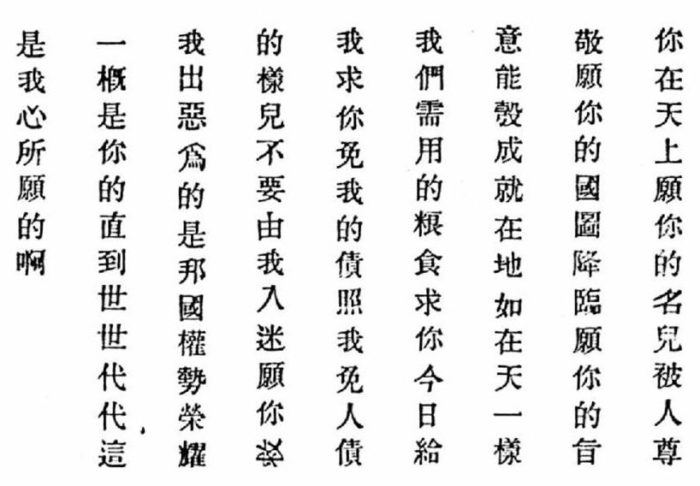

Any hieroglyph is known to consist of a certain number of elements. The number of basic ones reaches several thousand, but there are those which are used much more frequently. The element itself does not bear any semantic meaning. The basic ones include the following:
- vertical line;
- horizontal line;
- upward pointing line (ascending line);
- dot;
- hook;
- broken line.
From such simple elements are built beautiful characters of the Chinese alphabet. Chinese philosophers have always compared written symbols to life. It was said so even in the philosophy of Qi. Some are renewed over the years, some are simply lost as their meaning is no longer used. New characters may appear over the years. And this will continue for many years to come.
China does not have an alphabet like other countries. Everything is written in hieroglyphs, even new foreign words. But there is still a system of the so-called Romanization of Chinese writing. It is called "Pinyin".
Pinyin has 26 letters. And no other language can produce 23 consonants and 24 vowel sounds from this number of letters. It is the writing that is often used in smartphones to write messages faster.
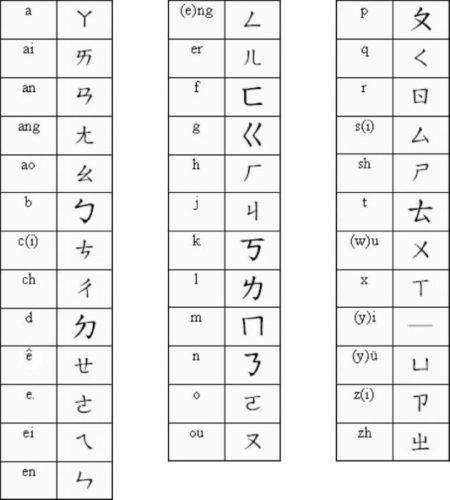

Most scholars are of the opinion that the Chinese alphabet simply does not exist. Pinyin is simply an auxiliary alternative to simplify written communication using gadgets. It was invented more recently, in the late 50s.
月 (yuè)
Translation fromThe month, the moon.
The months of a month do not have a name, just a number and a symbol 月 (for example 1st month, 2nd month, etc.).
一月 (Yī yuè) - January;
二月 (èr yuè) - February;
三月 (sān yuè) - March.
Instead of symbols, the usual Arabic numerals (1月, 2月, 3月) can be used. That's why it's easier to remember the names of months in Chinese. We've already written about that.
